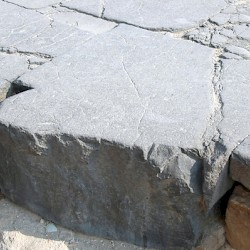Marble, Natural Stone, and Minerals
Marble: one of the main building materials from Antiquity, also used for sculpture. On this page, marble is discussed together with several other types of natural stone and minerals. You will find photos of the main types of marble, various other stones, minerals, and related stones.

What we call “marble” is, essentially, a kind of limestone, which in turn is a petrified sediment, deposited hundreds of thousands of years ago. The recognizable characteristic of marble is that it can be made to shine by polishing and the Greek word μάρμαρον means “shiny”. The ancients also used this word for several types of stone that are not limestone, like granite.
Greece
While limestone has been quarried since times immemorial, marble was not often used. Among the exceptions from the Bronze Age are the “idols” from the Cyclades. The Mycenaean Greeks also used marble, but not very often. To make marble popular, the workers (λιθουργοί, “stone workers”) first had to have instruments made of iron. Even then, marble remained rare. Usually, it was quarried for one, specific project. Once the project – which could be an Archaic statue or a Classical temple – was finished, no more stones were cut.
Although the Achaemenid kings Darius I the Great (r.521-486) and Xerxes (r.486-465) ordered several inscriptions in Susa to be written on slabs of marble, the use of this type of stone was essentially a Greek monopoly. Among the various types of Greek marble were
| Naxian | Naxos | From the seventh century BCE |
| Parian | Paros | From the sixth century BCE |
| Thasian | Thasos | From the sixth century BCE |
| Proconnesian | Marmora | From the sixth century BCE |
| Pentelic | Athens | From the fifth century BCE |
| Hymettian | Athens | From the fifth century BCE |
| Ephesian | Ephesus | From the fifth century BCE |
| Pavonazzetto (or Docimaean) | Phrygia | From the fourth century BCE |
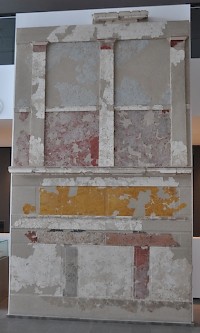
In the Hellenistic age, there was sufficient demand for shiny, colored stone to allow for mass production. The courts of the Ptolemaic, Antigonid, Attalid, and Seleucid kings (i.e., the palaces of Alexandria, Pella, Pergamon, and Antioch) were known for their marble wall decorations. The First Pompeian Style of wall painting, which imitates marble plates, offers an indication of the popularity of the new type of art.
Rome
Rome expanded the field. Marble became ubiquitous. The emperor Augustus famously boasted that he had found a city of brick and had left a city covered with marble.note Other cities followed suit. Ephesus had its main street paved with marble.
It is easy to understand why the shiny stones became so popular. Marble workers (Latin: marmorarii) could find very large stones with a consistent quality, which were available in several colors and quite easy to work. This type of stone was strong enough to use in monumental buildings, but could also be used to make statues, furniture, or other objects. The use of several polishing techniques allowed the politores to create surfaces that could be very shiny or opaque.
| Verde Antico | Larisa | From the second century BCE |
| Giallo Antico | Numidia | From the second century BCE |
| Cipollino | Karystos | From the first century BCE |
| Africano (or Lucullan) | Asia Minor | From the first century BCE |
| - | Skyros | From the first century BCE |
| Marmor Claudianum | Egyptian granite | From the first century BCE |
| Marmor Lunensis | Carrara | After c.50 BCE |
| Portasanta | Chios | Late first century BCE |
| Rosso Antico | Mani Peninsula | Late first century BCE |
| Purple Porphyry | Egypt | First century CE |
| Belgian Black | Belgica | First century CE |
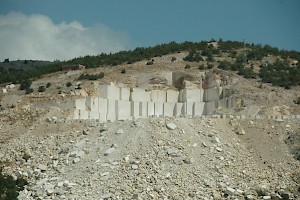
Every Roman who was proud of his education, would recognize these types of stone. When he saw the bright colors of the monumental buildings erected by the emperors, he would understand how large the Roman Empire actually was. In the words of the poet Statius, describing the room in which Domitian served dinner:
The splendid African and Phrygian marbles compete and there are numerous examples of those from Syene and Chios, and they in turn compete with the green from Sparta and the white from Luna.note
The main stones
In Medieval and Renaissance Italy, many stones that had in Antiquity been brought to Rome and other cities, were reused ("spolia"). The stoneworkers introduced Italian names like giallo antico ("old yellow"), cipollino ("onion stone"), and pavonazzetto ("peacock") that art historians and archaeologists still use today. Here are the main types.
Other stones
Below are several other types of natural stone, marble and other, used in the provinces of the Roman Empire.
Minerals
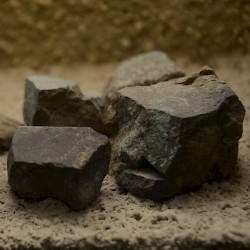 Copper ore |
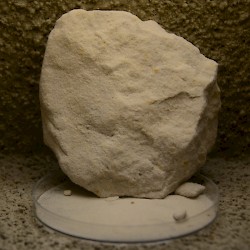 Glass sand |
 Gypsum |
 Iron ore |
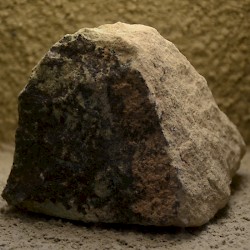 Manganese ore |
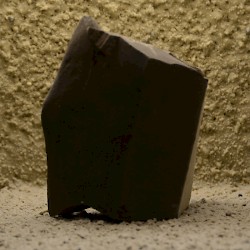 Oil shale |
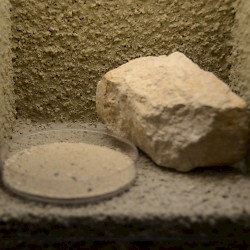 Phosphate |
 Potash |
Related
 Amber |
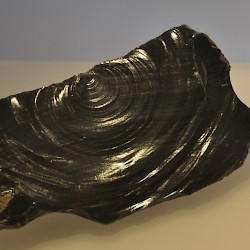 Obsidian |
 Haematite |
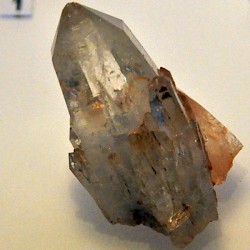 Mountain Crystal |































